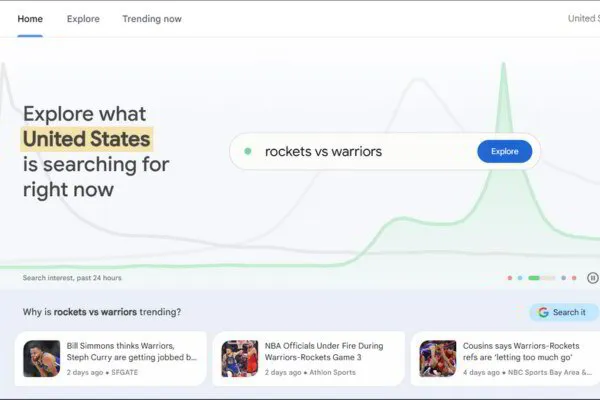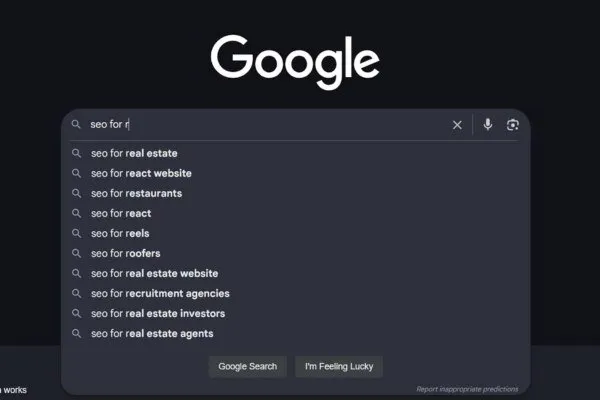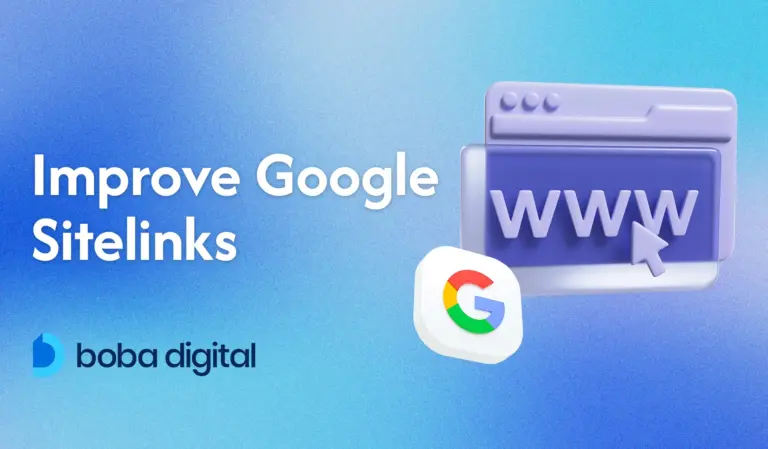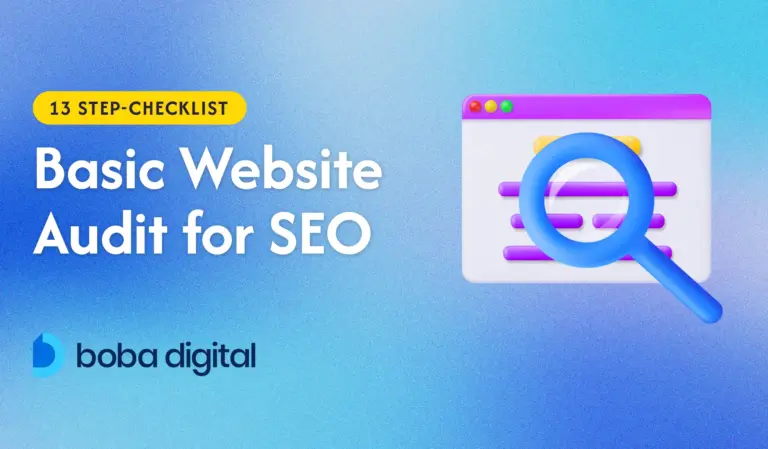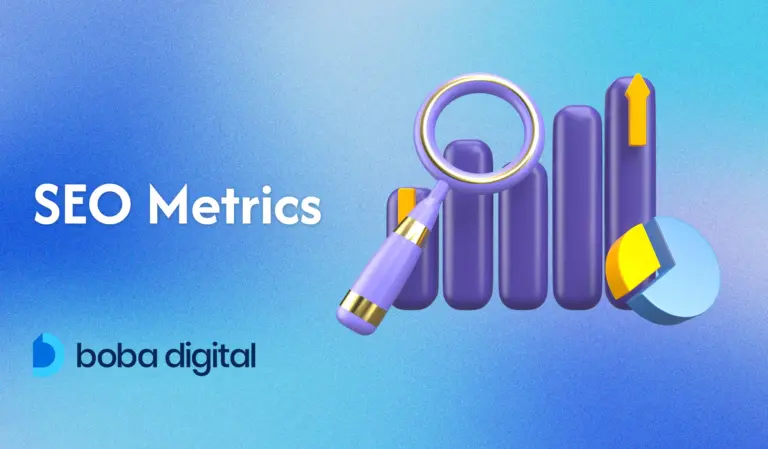How to Find Trending SEO Keywords That Rank Fast
Ever feel like the search engine results pages are already dominated before you even show up? Big brands, deep pockets, and Google’s VIP treatment for authority websites make most keywords feel like a losing game. But here’s the thing—you don’t need to outrank giants if you outrun them.
That’s where trending SEO keywords come in. These are the fresh, rising terms with high search potential but low competition—perfect for grabbing traffic before everyone else jumps on board.
If you can spot these rising trends and sprinkle them into your content strategy, you’re not just playing the SEO game—you’re playing it smart.
So how do you find trending keywords before they explode? This guide will walk you through the best free and paid tools, smart strategies, and some tricks that even seasoned digital marketers miss.
Let’s find your first-mover advantage. Ready?
Understanding Keyword Trends and Their Impact
Keyword trends are more than just digital chatter.
They’re real-time signals of what your audience cares about right now. Whether it’s a product launch, a cultural moment, or an unexpected celebrity scandal, these search queries often trigger a noticeable spike in interest on search engines.
That spike is what turns ordinary search terms into trending keywords.
Unlike evergreen topics that build consistent traffic over time, trending keywords behave like hot stocks—if you act fast, you can get in early and ride the wave.
For newer websites, this is a rare opportunity. Even without a strong backlink profile or high domain authority, ranking for emerging keyword trends can place your site at the top of the search engine results pages, ahead of slow-moving giants.
Take, for example, the keyword “threads app”—it exploded when Meta launched its Twitter rival. Early blogs that picked up this trend didn’t just get indexed—they owned the traffic surge.
That’s the magic of identifying emerging keywords before they go mainstream.
But timing is everything.
These moments don’t wait around. Once search volume rises and bigger sites catch on, competition kicks in. That’s why using keyword research tools to track trending searches and monitor search demand becomes critical.
Acting on a trend today could mean thousands of monthly searches tomorrow—or crickets, if you’re late.
It’s also important to distinguish trending keywords from seasonal keywords.
While both experience spikes in popularity, seasonal keywords like “Christmas gift ideas” return predictably each year. Trending keywords are tied to current events, social media buzz, or trending hashtags, and often fade just as quickly as they appeared.
When you catch a trend early, you’re not just attracting visitors—you’re grabbing attention when curiosity is highest.
That often translates to better click-through rates, more organic traffic, and a chance to go viral without a massive ad budget. It’s like discovering a hit song before it tops the charts.
The catch?
You need to be quick, strategic, and ready to create content before the trend fizzles out.
Methods to Find Trending SEO Keywords
Google Trends
Ever wonder how some brands always seem to be talking about what’s hot—before it’s actually hot? They’re likely using Google Trends as their digital crystal ball.
This free keyword research tool lets you peek behind the curtain of search engine behavior, showing how interest in a topic rises—or fades—over time.
But it’s not just about looking at pretty graphs. It’s about discovering valuable insights that could shape your next content strategy or give your PPC campaigns a timely boost.
Let’s say you run a sustainable fashion store. You plug in a term like “eco-friendly sneakers” into the Google Trends search bar.
As you scroll, you’ll notice the “Related queries” section—this is where the gold lives. Maybe you spot a breakout search like “plant-based shoe glue.” That’s not just a fun fact—it’s a signal to create content your competitors haven’t caught up to yet.
Pay special attention to those labeled “Breakout”—they’ve seen a search volume spike of more than 5,000%, which usually means something new is catching fire.
The beauty of this tool is its flexibility. You can filter by region, time range (from the past hour to the past five years), and even by category, making it ideal for identifying trending topics in your exact niche.
And yes—it’s 100% free. No login. No fuss. Just pure trend-spotting power.
The sooner you make Google Trends part of your daily keyword routine, the easier it becomes to identify keywords with the potential to go viral—before everyone else does.
Google Search Bar Autocomplete
Think of the Google search bar as a mind reader with a front-row seat to global curiosity.
After all, where else can you get a sneak peek at what millions of people are thinking—just by typing a few letters?
Right after you explore Google Trends, take a quick detour to the Google homepage and start typing in a broad topic related to your business.
Before you even finish your thought, autocomplete suggestions begin to appear. These aren’t random—they’re real search terms people are actively typing into search engines, often reflecting what’s currently buzzing.
Let’s say you type “AI tools for…” and you’re hit with suggestions like “AI tools for resume writing” or “AI tools for small business marketing.” That’s keyword data in real time—served up without logging into anything or opening a dashboard.
To get the most accurate pulse, open an Incognito window before you start. This keeps the suggestions free from your personal search history or past behavior, offering a clean view into what others are really searching for.
While not every trending keyword you see will be relevant, it can lead you down paths you hadn’t considered, helping you find keyword ideas with surprising potential.
It’s fast. It’s free. And sometimes, a single autocomplete result is all it takes to spark your next blog post or viral topic.
Google Keyword Planner
If Google Trends is your radar and the search bar is your hunch, then Google Keyword Planner is your data-powered microscope.
While it’s often seen as a tool for advertisers, don’t let the “ads” label fool you—this free tool can help you uncover trending keywords for SEO with surprising accuracy.
To get started, you’ll need a Google Ads account (in Expert Mode, but don’t worry—no spending required).
Once inside, head to the “Discover new keywords” section. Enter a seed keyword that’s relevant to your niche—say, something broad like “home office setup.” Then choose your country and language preferences to make sure you’re seeing data that actually applies to your target market.
What you’ll get is a breakdown of average monthly searches, keyword difficulty, competition levels, and even a glimpse at keyword trends over time.
It’s a smart way to find trending keywords that are gaining momentum, especially if you’re planning to align SEO and PPC campaigns for greater reach.
What makes Keyword Planner especially handy is how it shows search volume fluctuations—a clue that a once-low-volume search term might be heating up.
And that’s exactly what you want when chasing emerging keywords before they hit mainstream saturation.
It may have been built with advertisers in mind, but this tool doesn’t play favorites. With a little curiosity and strategic use, it can unlock some of the most relevant keywords to fuel your next blog post or landing page.
Ahrefs Keywords Explorer
Once you’ve explored free tools and want to take things up a notch, Ahrefs Keywords Explorer is where serious keyword research starts to feel like a superpower.
Sure, it comes with a price tag, but for marketers chasing trending keywords with precision, it’s worth every cent.
What makes Ahrefs a favorite among SEO pros is the Growth column—an underrated gem. After entering a topic in the search bar, head over to the Matching terms report. From there, sort by the Growth column to instantly spot search queries gaining traction over the past few months.
Whether it’s a rising product, a viral phrase, or a newly minted buzzword, Ahrefs makes sure you don’t miss the wave.
But that’s just the beginning.
Every keyword you explore comes bundled with rich data—search volume, keyword difficulty, traffic potential, and CPC insights. This isn’t just about knowing a term is trending—it’s about understanding if it’s worth chasing.
Click on the SERP dropdown to see what’s currently ranking.
Want to know why it’s ranking? Use the Identify Intents feature to see what users are really hoping to find, so you can shape your content strategy accordingly.
You’re not just finding new keyword ideas—you’re building the blueprint to outrank your competitors.
Yes, Ahrefs is a paid tool, starting at around $129/month.
But if you’re managing SEO for clients, juggling multiple campaigns, or running a digital marketing agency like Boba Digital, the value it delivers far outweighs the cost.
Competitor Analysis
Sometimes, the smartest way to get ahead in SEO isn’t by starting from scratch—it’s by watching what’s already working for your competitors.
After all, if their content is climbing the search engine rankings, there’s a good chance it’s targeting trending keywords you haven’t tapped into yet.
Once you’ve explored keyword research tools like Google Trends and Ahrefs for fresh ideas, it’s time to turn your gaze outward. Competitor analysis is where strategy meets opportunity.
By identifying which search terms your competitors are starting to rank for, you gain insight into emerging trends before they saturate.
The process starts simple: first, collect your competitors’ ranking keywords using tools like Ahrefs or SEMrush.
From there, clean and organize your list to spot patterns—keywords tied to trending topics, popular keywords, or new pages that are gaining traction quickly.
The final step? Evaluate the keyword difficulty and determine whether it’s a smart target based on your site’s current authority.
This isn’t just about copying what others are doing.
It’s about spotting keyword gaps—those golden opportunities where your competitors either missed a trend or didn’t optimize enough for it. By weaving those related keywords into your own pages or blog posts, you can edge your way up the search engine results pages without having to outspend anyone.
While these platforms are paid tools, both Ahrefs and SEMrush offer limited free features or trials that can still provide a ton of valuable insights if used strategically.
So, next time you feel stuck on what to write or optimize, let your competitors lead the way—then outrank them at their own game.
Utilizing Exploding Topics
By the time a keyword starts trending on Google, chances are someone’s already written the viral blog post about it.
But what if you could spot that keyword weeks—or even months—before it blows up?
That’s where Exploding Topics comes in. Unlike traditional keyword research tools that show you what’s already hot, this platform uses a blend of AI and human curation to uncover emerging keywords before they hit the radar of most marketers.
It’s a trends database powered by over 1.1 million keyword possibilities and designed to find the next big thing before it becomes one.
You can explore by browsing categories like health, finance, or tech, or simply enter a specific keyword you’re curious about. Exploding Topics will show you if it’s trending and whether it’s projected to grow or fade. It’s perfect for both ideation—discovering trending keywords you hadn’t thought of—and for validation—checking if your keyword is worth writing about right now.
Let’s say you’re building out a content strategy for a digital product. You spot a spike in a term like “no-code automation” before the search volume really takes off. That insight gives you a head start—not just in rankings, but in relevance.
While the basic version is free, the Pro plan unlocks deeper keyword insights and trend performance, starting at around $39/month. For content creators and marketers looking to identify trends early, it can be an affordable edge.
In a space where timing is everything, Exploding Topics might just be your unfair advantage.
How Do You Know If a Trending Keyword Is Actually Worth It?
So you’ve stumbled across a trending keyword that looks like SEO gold. Your first instinct might be to chase it down and whip up a quick blog post—but not so fast.
Not every buzzworthy term is a smart move for your site.
After exploring tools like Ahrefs, Google Trends, or Exploding Topics, the real test begins: deciding whether the keyword is actually worth your time and effort.
Start by digging into the data.
Use a keyword research tool to check the search volume, keyword difficulty, and trend trajectory. A keyword spiking this month could fall flat by next quarter. If it’s still climbing or shows steady interest over time, that’s a good sign.
But if it’s a one-hit wonder tied to a fleeting meme or microtrend, maybe think twice.
Relevance is everything. Let’s say you run a plant-based food blog, and you see a trending keyword like “collagen gummies.” While the term’s hot, it may not fit unless you offer plant-based alternatives or cover supplement guides.
Chasing popular keywords that don’t match your niche can confuse readers and water down your SEO strategy.
Equally important is search intent.
Use tools that help you understand what people are actually looking for when they search.
Are they seeking information, ready to buy, or just browsing? If the keyword aligns with your business goals—like lead generation or sales—then it might be worth targeting, even if competition is a little stiff.
And when that keyword difficulty is sky-high?
Don’t just walk away—pivot. Look for related keywords, long-tail variations, or search queries with slightly less volume but a much better chance of ranking.
Often, the smartest path to more organic traffic isn’t the busiest road—it’s the one with fewer roadblocks.
Bottom line? Let the data guide you, but let your strategy decide.
Conclusion
Chasing trending keywords isn’t about getting lucky—it’s about getting there first.
When done right, it leads to quicker rankings, increased visibility, and the kind of organic traffic your competitors will envy from afar. Whether you’re targeting a niche audience or going wide with viral content, tapping into keyword trends gives you that first-mover edge every content strategy dreams of.
But here’s the trick—trends don’t wait around. The best way to stay ahead is to stay alert. Make it a habit to scan the digital horizon, adjust your sails when needed, and always have one eye on what your audience is curious about next.
Still unsure about how to find trending Seo keywords and Feeling like trend-spotting is too much to juggle on top of everything else?
Let Boba Digital take the wheel. Our team knows when to act, what to target, and how to turn trending topics into real business results.
Talk to us today and let’s ride the next wave before it becomes a tsunami.
FAQs
How often should I update my keyword research to include trending keywords?
Keyword trends shift fast—sometimes overnight—so it’s smart to review your keyword research weekly or at least biweekly. Tools like Google Trends, Ahrefs, and Exploding Topics can help you monitor search volume, search demand, and emerging trends.
Can I rely solely on Google Trends to find trending keywords?
While Google Trends is a powerful free tool for spotting trending searches and tracking search queries over time, it’s best used in combination with other keyword research tools like Google Keyword Planner or SEMrush. Google Trends shows interest patterns, but it doesn’t always provide search volume or keyword difficulty data.
What is the difference between predictive search and autocomplete?
Autocomplete in the Google search bar suggests popular keywords based on current search queries, while predictive search goes a step further by using AI to anticipate what you might search next based on behavior, trends, and related queries. Autocomplete is more reactive, showing what’s already trending, while predictive tools try to forecast trending keywords and emerging topics before they spike.
How often should I check for trending keywords?
If you’re serious about capturing high search volume early, you should check for trending keywords at least once a week. This keeps your content strategy aligned with current trends, helping you identify trending topics before your competitors do. Use tools like Exploding Topics, Google Trends, or even search bar autocomplete to track search queries and spot shifts in search demand.
How can I tell if a keyword trend is relevant to my niche?
Start by evaluating the keyword’s search intent and whether it aligns with your products, services, or content goals. Use keyword research tools to compare its search volume, competition level, and related keywords. If you’re targeting a specific industry, check for relevance within Google Keyword Planner or Ahrefs, and see how the keyword performs in your region.



